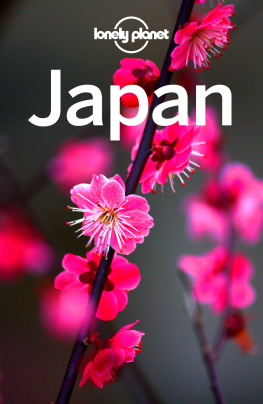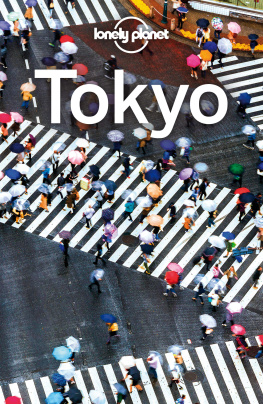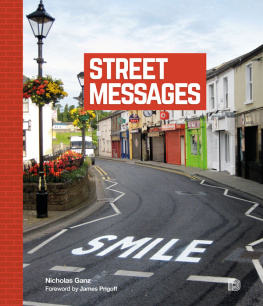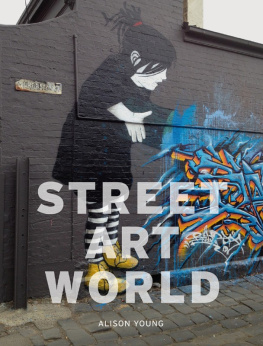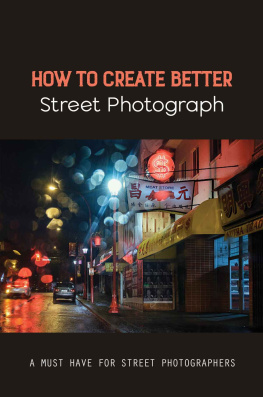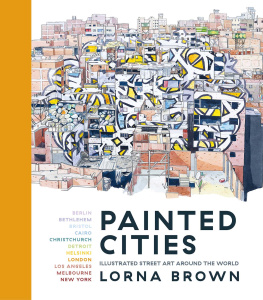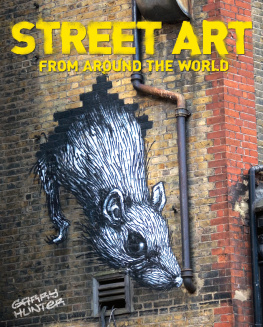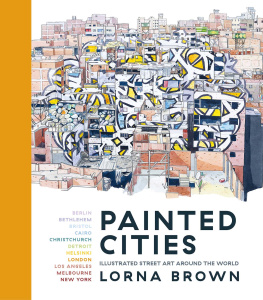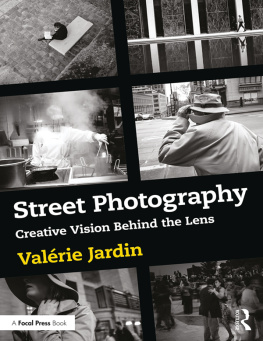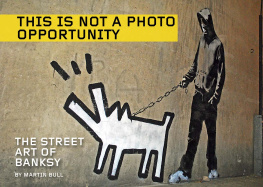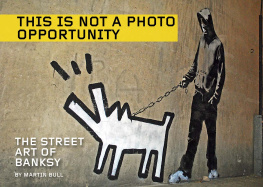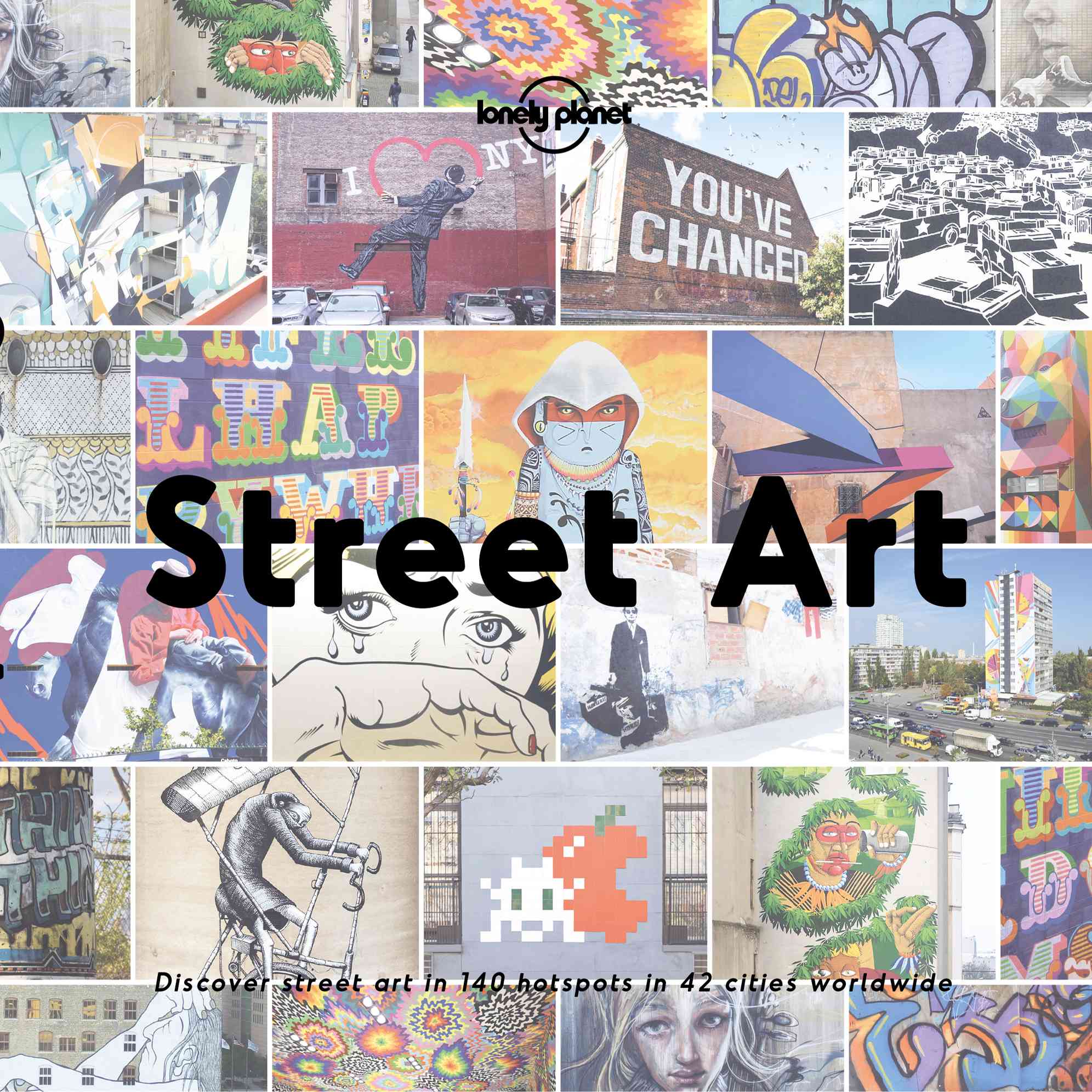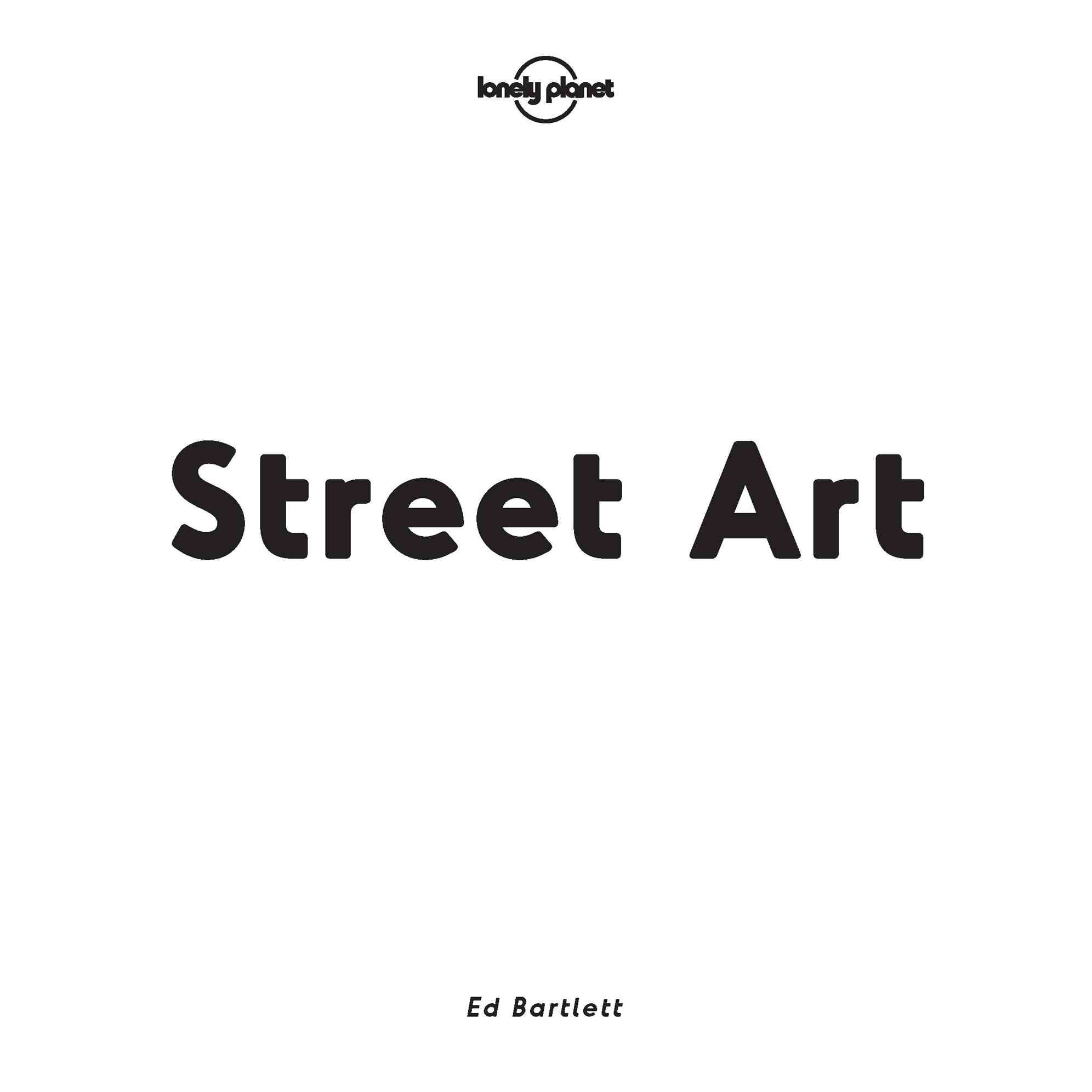Contents
Guide
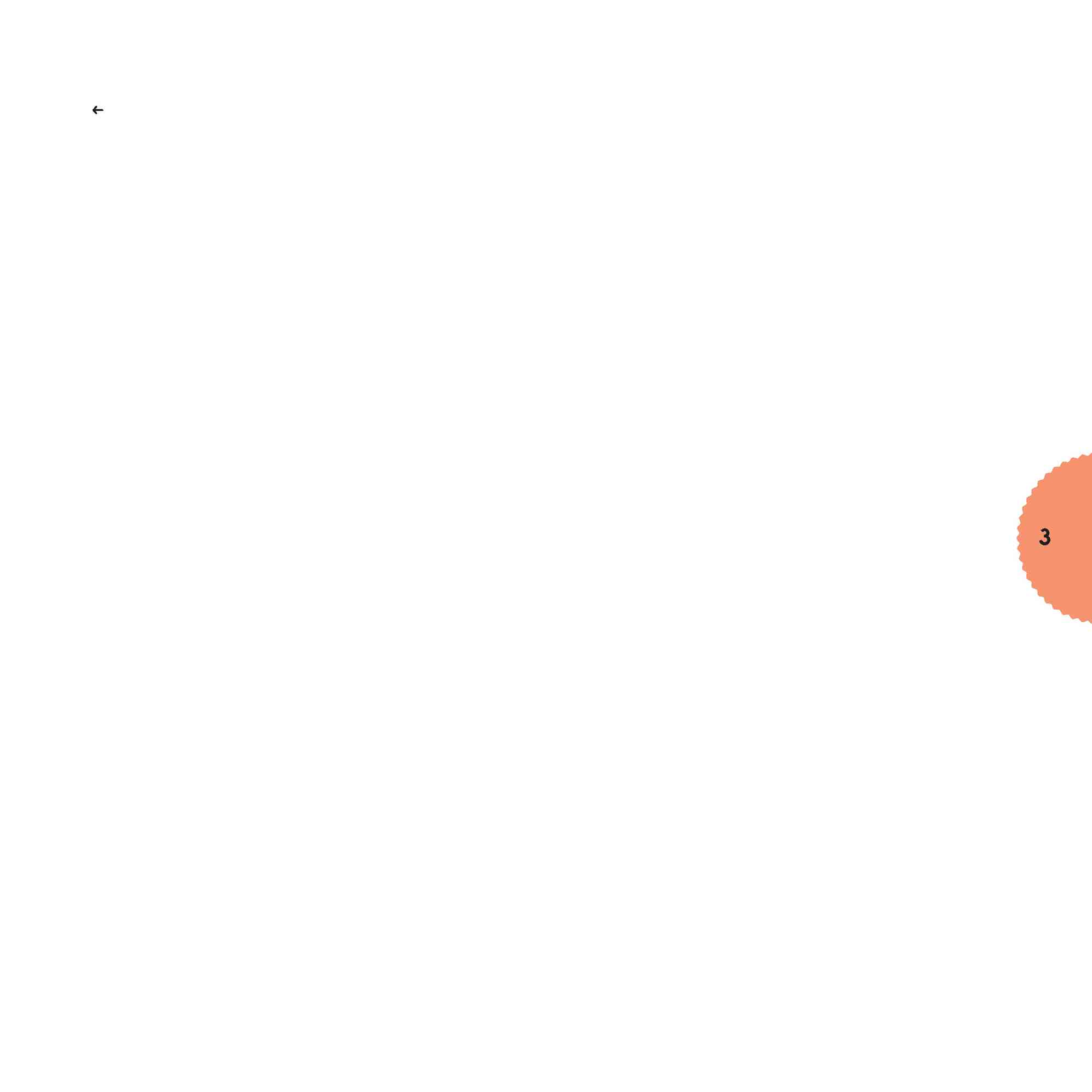
Artist: PichiAvo for Upfest, 2016
Photo: Colin Rayner Location: Masonic
Pub, 112 North Street, Bristol, UK
Contents
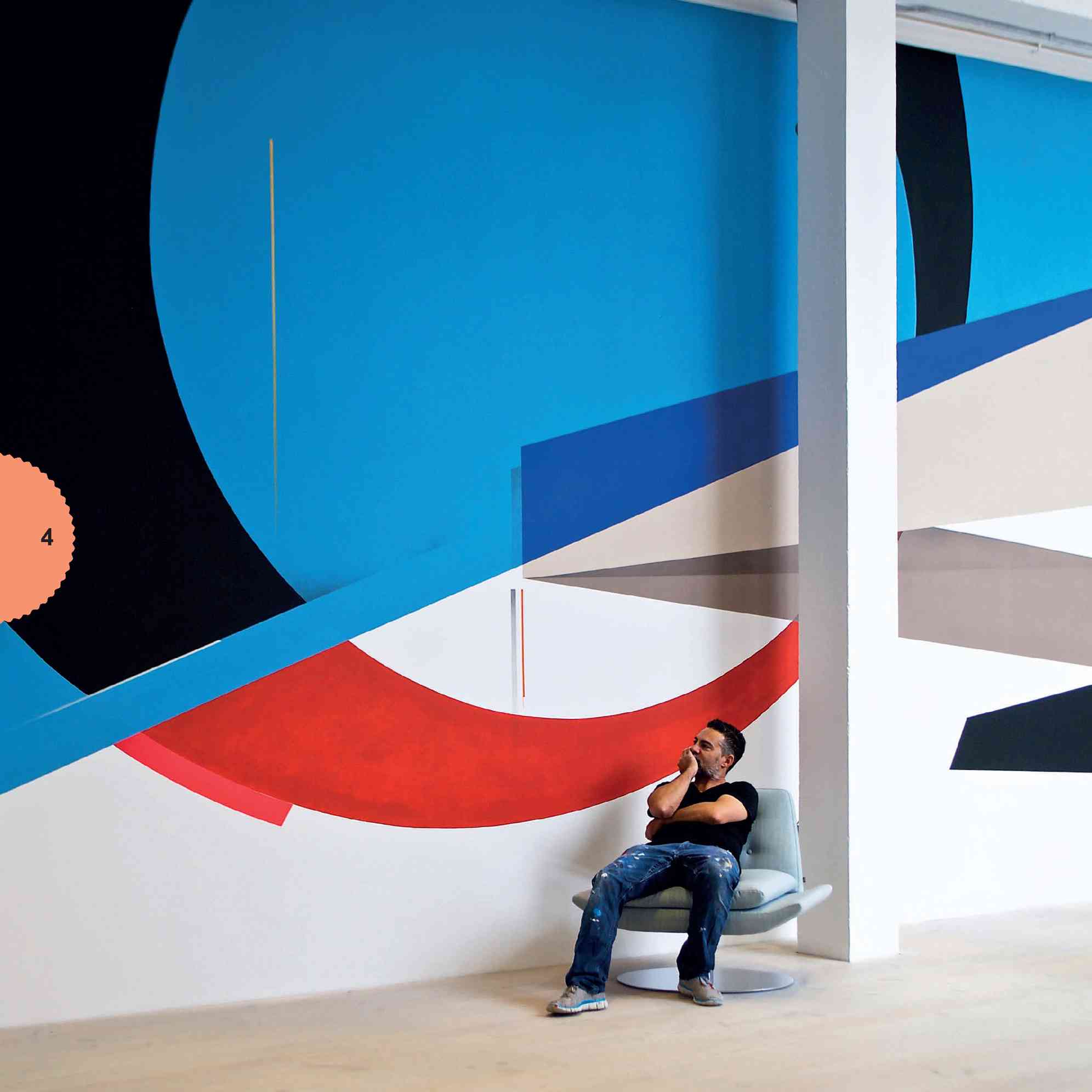
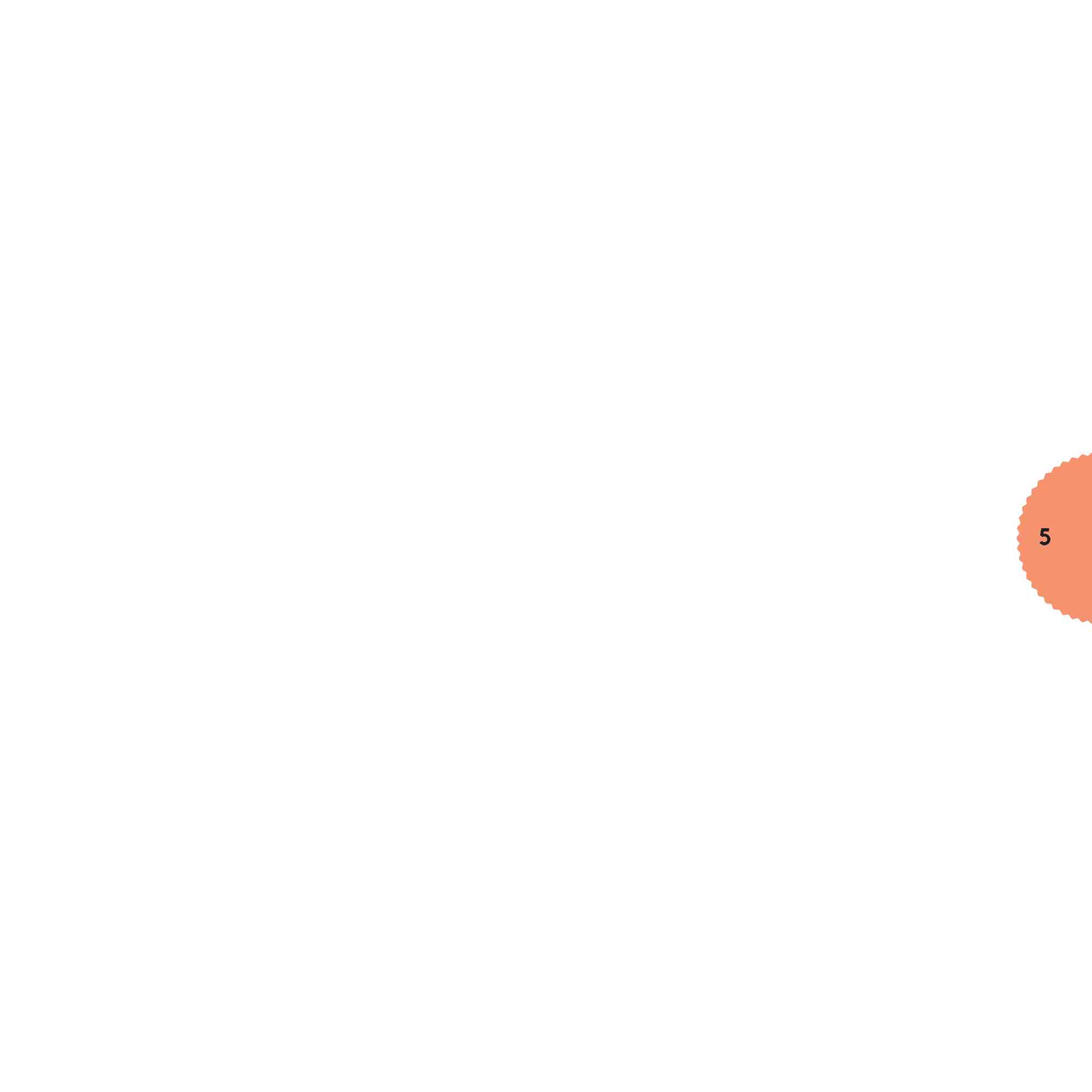
Its not the word graffiti that bothers
me, it just doesnt accurately explain
the entire story. Futura 2000
Foreword
by Remi Rough
I started painting walls in 1984. I
was sucked into hip-hop culture
when it was at its most prominent
in Europe, and graffiti played a huge
part in the attraction. It began with
a boy at school bringing in a book
called Subway Art , which had a much
greater impact on me than anything
I was learning in class.
The scene blossomed in London
at the perfect time Thatcherite
Britain was a mess. London was a
rough city to grow up in during the
early 1980s, but graffiti gave us a
voice in much the same way it did
for the kids in the bankrupt and
broken New York of the late 1970s.
Few people recognise that graffiti is
the only art movement in history
to be conceived and taken forward
essentially by kids. I am very proud
to be considered part of that legacy.
The first really big wall I painted
was in West London in 1999 a
commission piece for a computer
games company. It was only three
storeys high, but it felt ginormous,
and it remained in place for years
after. It was quite a feat for me at
the time, and it ignited a passion
for painting bigger walls that still
excites me today.
My focus began to shift from
traditional graffiti about 11 years ago
when I started exploring abstraction
in art, and thinking about how
I could take my work in a more
contemporary direction. At the
same time the landscape was also
changing dramatically street art
was becoming ever more popular
and specialist galleries started
popping up all around the world,
bringing it indoors and into peoples
homes. The market for screen prints
exploded and artists previously
known only for their street work
were suddenly having sold-out
exhibitions, with hundreds of people
cramming into each opening. I think
most people knew that they were
witnessing the birth of an exciting
new scene.
That feeling was rubber-stamped
when the Tate Modern organised
a major exhibition dedicated to
street art in 2008 things escalated
considerably after that. Artists began
forming collectives and curating
their own grandiose projects, and
an increasing number of dedicated
street art festivals were attracting
artists and fans to interesting
locations around the world. I was
once even flown out to the Gambian
jungle to paint mud huts for the Wide
Open Walls project.
Fast-forward to today and its hard
to find a city that doesnt have some
kind of organised mural programme.
Purists might argue that street art
has all gone a bit mainstream, but it
has become an intrinsic part of the
cultural fabric of our cities. Street art
has added something very special
to our urban landscapes, and books
such as this one only help to cement
the impact of the movement.
As long as the artists and
organisers continue to respect
their environments and most
importantly the communities within
them the future of street art can
only get brighter.
Remi Rough, 2016
www.remirough.com
Stephanie McMahon
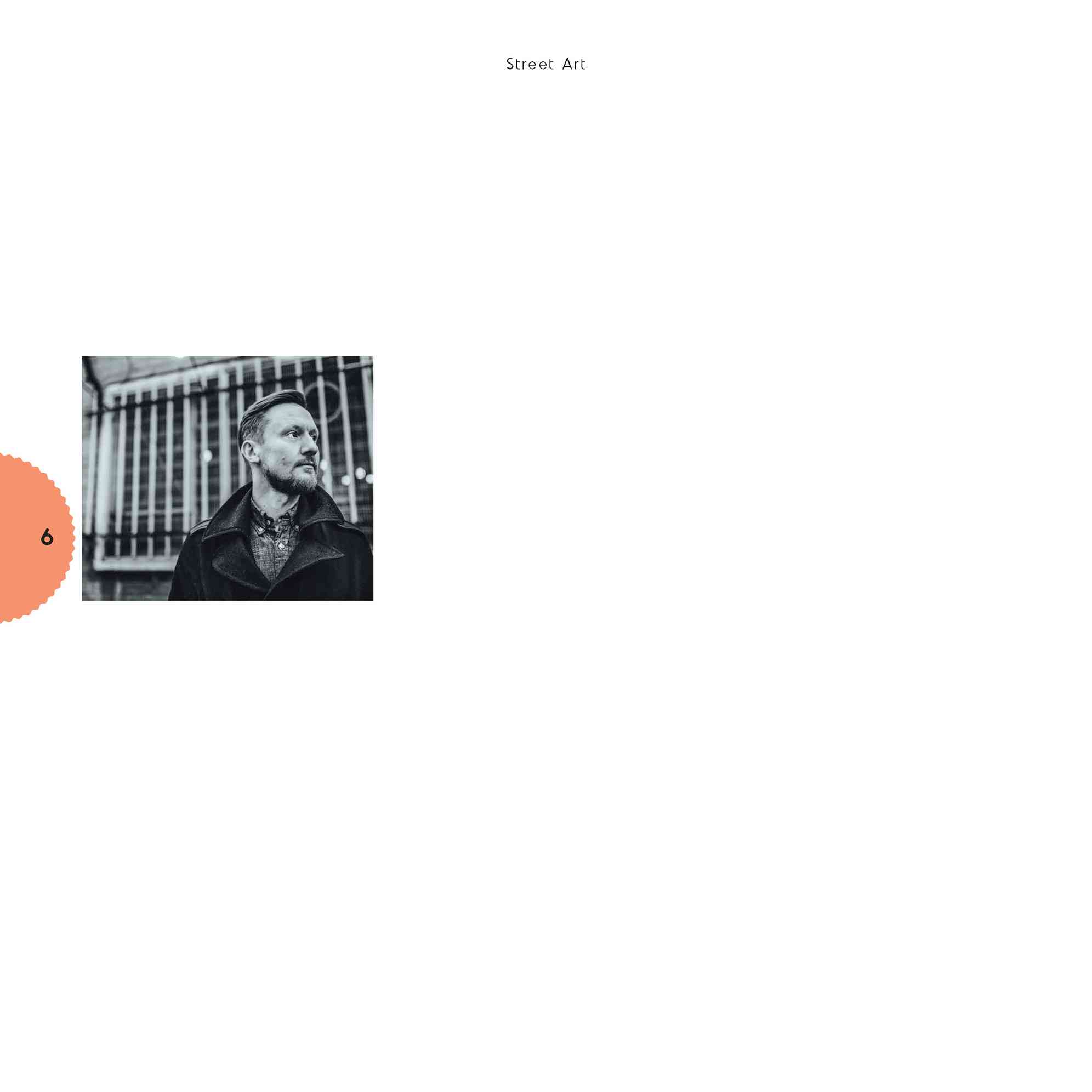
Introduction
by Ed Bartlett
I n preparation for writing this
introduction, I added up the
number of people living in the cities
featured in this book. The total came
to over 150 million. Thats more than
twice the combined annual visitors
to the top 10 most visited museums
in the world, all potentially being
exposed to different forms of street
art on a daily basis.
Surprised? This is just the tip of the
iceberg. Street art is now present in
almost every city, town and village
in the world, from Aachen to Zwolle.
Its true audience is measured in the
billions. And given that the first
record of homo sapiens painting on
walls is thought to date back around
40,000 years, its actually more
surprising that street art has taken so
long to flourish.
After the well-documented graffiti
boom of the 1980s, the advent of
stencil art as well as the widespread
proliferation of digital cameras,
smartphones and social media led
to a new wave of artists consciously
eschewing galleries in favour of the
streets. As the 20th century drew to
a close, street art was everywhere,
and everyone was talking about it.
Its impossible to discuss the rise
of street art without mentioning
Banksy. His work public, relevant
and relatable, with a subversive
edge combined with the enduring
mystery of his identity, captured
the imagination of the mainstream
press in a way that the traditional
art world rarely does. A growing
army of highly engaged fans would
travel to see each new piece in
person as soon as it appeared, and
trade in his prints and paintings
became frenzied. This, in turn,
encouraged other street artists to
produce limited editions of their
work, and even tempted some
traditional artists and designers to
engage with the streets. A raft of
specialist galleries began to appear,
and a whole new generation of
counterculture art collectors was
born. Banksys success and the
growing ecosystem around him
elevated street art to an entirely
new level.
Of course, one man does not
make a movement. The street
art scene of today is flourishing
thanks to a global cast of creative
and highly motivated individuals,
many of whom are self-taught. This
collaborative DIY attitude is what
makes street arts growth and its
growing cultural importance all the
more impressive and exciting.
Today, the proliferation of legal
walls and organised festivals
around the world makes it possible
to encounter thought-provoking,
transformative art in the most
unexpected of places. People are
travelling to the four corners of
the globe specifically to experience
Andy Ford
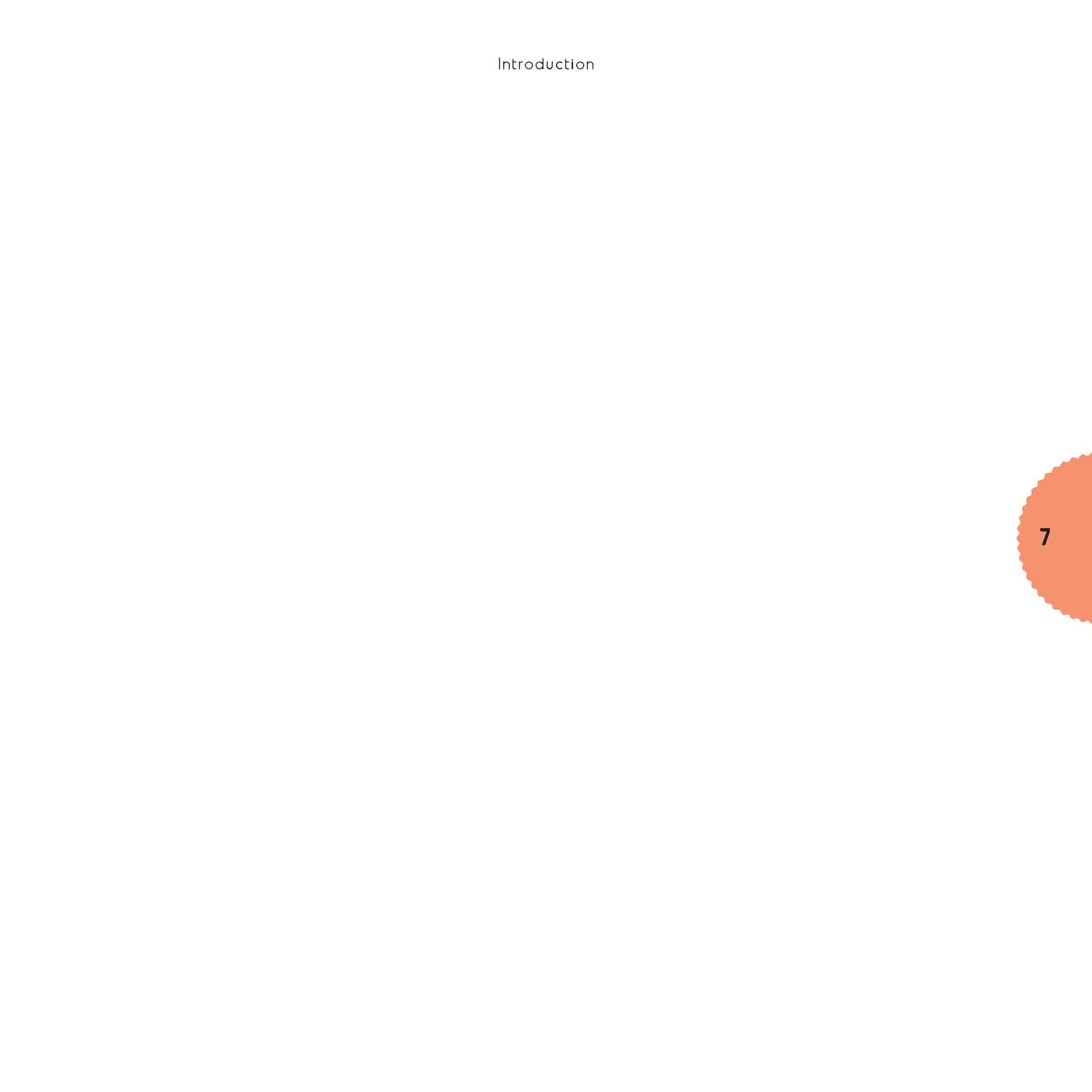
street art, which can often mean
meeting and watching the artists at
work a rare privilege among the
contemporary visual arts.
It has been argued that street art is


